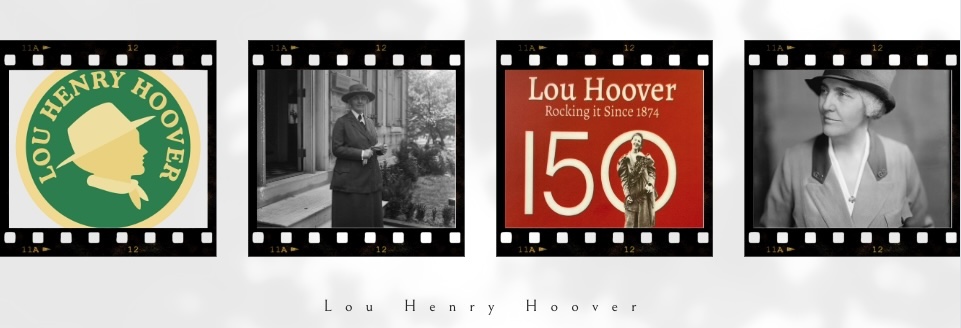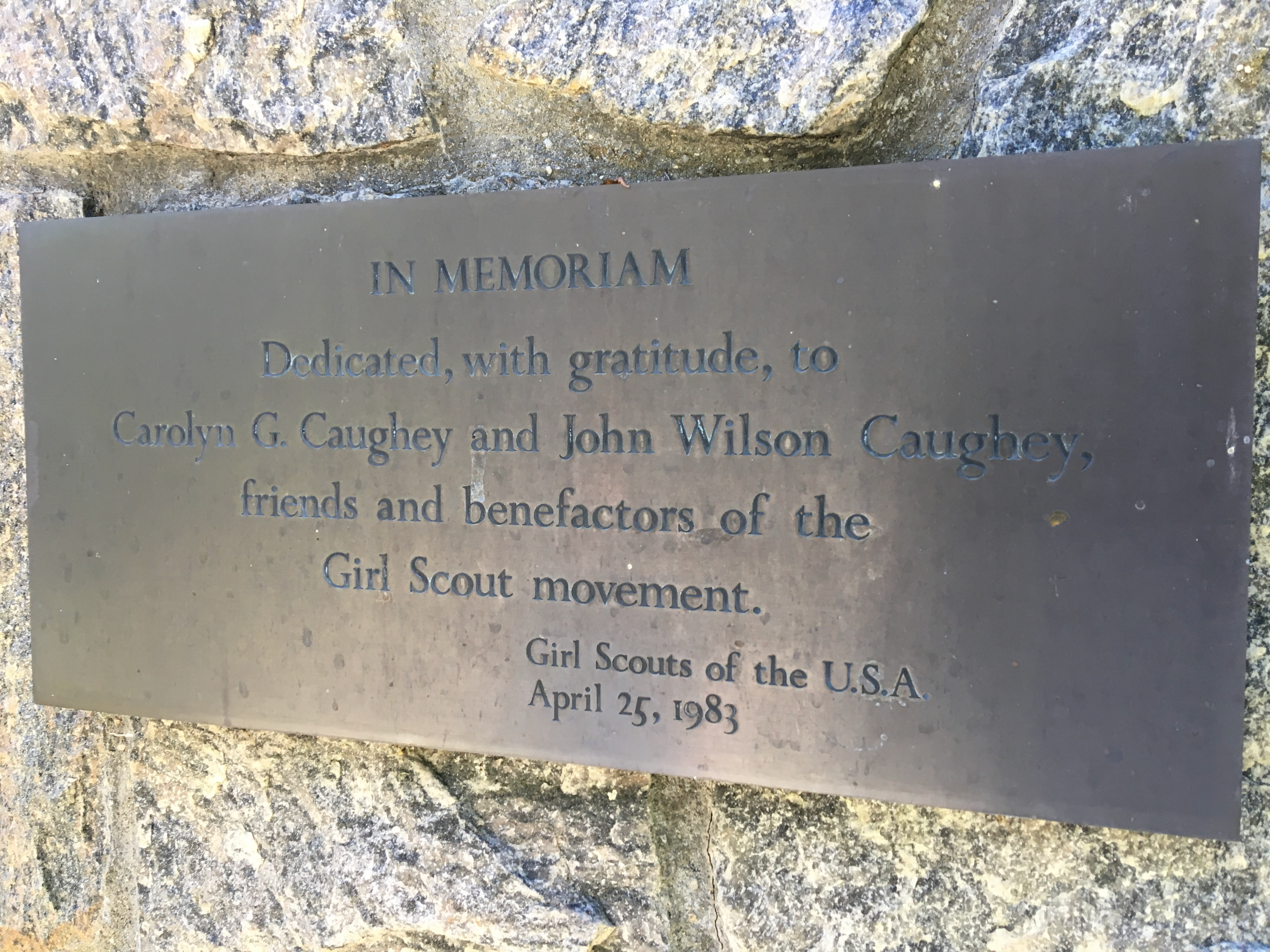Your cart is currently empty!

The Festival of Nations, 1931
As World Thinking Day approaches, we look back at a previous experiment in international friendship with a guest post by Katherine Cartwright, a doctoral candidate in history at the College of William and Mary. She was a Girl Scout for seven years in Michigan. On Monday, April 27, 1931, First Lady Lou Henry Hoover, former First Ladies Edith Wilson and Helen Taft, the Vice President,…
As World Thinking Day approaches, we look back at a previous experiment in international friendship with a guest post by Katherine Cartwright, a doctoral candidate in history at the College of William and Mary. She was a Girl Scout for seven years in Michigan.
On Monday, April 27, 1931, First Lady Lou Henry Hoover, former First Ladies Edith Wilson and Helen Taft, the Vice President, the Ambassadors of Japan and Poland, and the ministers of Czechoslovakia and Austria crowded into Constitution Hall near the White House. The event? The “Festival of Nations” – a six-day theatrical production put on with the help of the Girl Scouts of the District of Columbia. The pageant, according to the Washington Star (March 22, 1931) was intended “to promote friendship and better understanding between the youth of all nations.”

This was exactly the type of event I was hoping to find while conducting research for my dissertation in the archives of the Girl Scout Council of the Nation’s Capital.
My name is Kat Cartwright and I am a Ph.D. candidate at the College of William and Mary. My dissertation examines how young people engaged in and shaped efforts aimed at cross-cultural understanding and internationalism from World War I through World War II and when volunteer archivist Ann Robertson handed me a 1931 scrapbook containing newspaper clippings that chronicled the Festival I knew I had struck gold.
Local newspapers began reporting on the Festival as early as November 1930. In cooperation with the Department of State, four countries were chosen for the play: Mexico and Canada, the closest neighbors of the United States; Czechoslovakia, a nation “greatly interested in promoting friendship among nations”; and Japan since the Festival was to correspond with the blossoming of the cherry trees, a gift from the mayor of Tokyo in 1912. The drama was to feature the “authentic” culture, dancing, and singing of these four nations and end in a finale with youth representing 50 nations.

While the initial articles in the scrapbook concentrated on the adults organizing the production, the articles increasingly emphasized the youths’ participation throughout that spring. These articles allow me to incorporate the actions and voices of young people into my work.
Not only did young people, especially Girl Scouts from troops in the Washington area, join professional singers, dancers, and actors in the cast and serve as ushers at each performance, they also played an important role in promoting the Festival. For example, they submitted posters to be circulated throughout the United States, Canada, and other countries leading up to the Festival.


About 30 Girl Scouts and Girl Guides representing at least ten countries attended a promotional “Flying Tea” held at Hoover Airport, now the site of the Pentagon. Nellie Veverka from Czechoslovakia got to do the honors of christening a new airplane. Other reports scattered throughout local papers followed additional preparations for the Festival, from the spectacular costumes to the involvement of embassies.

With so much hype leading up to the premiere, I was sure that the Festival was going to be a hit. But, alas, the first reviews were hardly favorable. The most scathing review came from an Eleanore Wilson, who wrote in the April 28 Washington News,
Once more, we regret to report, Washington has made a daring and desperate stab at art and fallen short of the mark.
Washington News (April 28, 1931)
Others cited the duration of the play as its primary flaw and wished that it had been a silent film because the discourse took away from the music and scenes. Though we don’t know the exact reason why, even First Lady Hoover left half-way through opening night! The crew and cast quickly responded, cutting scenes here and there.
By the time more than 2,000 Girl Scouts and various other youth from the Washington area crowded into the hall for the children’s matinee on Saturday, the play had been shortened by an hour and fifteen minutes.
Many of the articles in the scrapbook suggest that the Festival that took place in DC in 1931 was modeled on similar events held elsewhere. That suggests many additional research paths to explore: Where did these events take place? Were the Girl Scouts and Department of State involved? What countries were represented in the festivals? How were young people—both from the U.S. and abroad—active participants? I hope to explore these questions and find more events like the “Festival of Nations” as I continue my research.
© 2019 Katherine Cartwright
P.S. I am currently working my way through The American Girl magazine [the Girl Scout publication, 1920–1979] and have evidence of international correspondence between Girl Scouts in the U.S. and Girl Guides and Girl Scouts abroad. Maybe you know of such letters collecting dust in an attic or basement? If you have any leads, I’d love to hear from you! You can contact me at kscartwright@email.wm.edu.
One response to “The Festival of Nations, 1931”
-
It’s a bit sad to reflect that this event took place near the end of the time between the two World Wars when peace and reconciliation seemed possible.



Leave a Reply